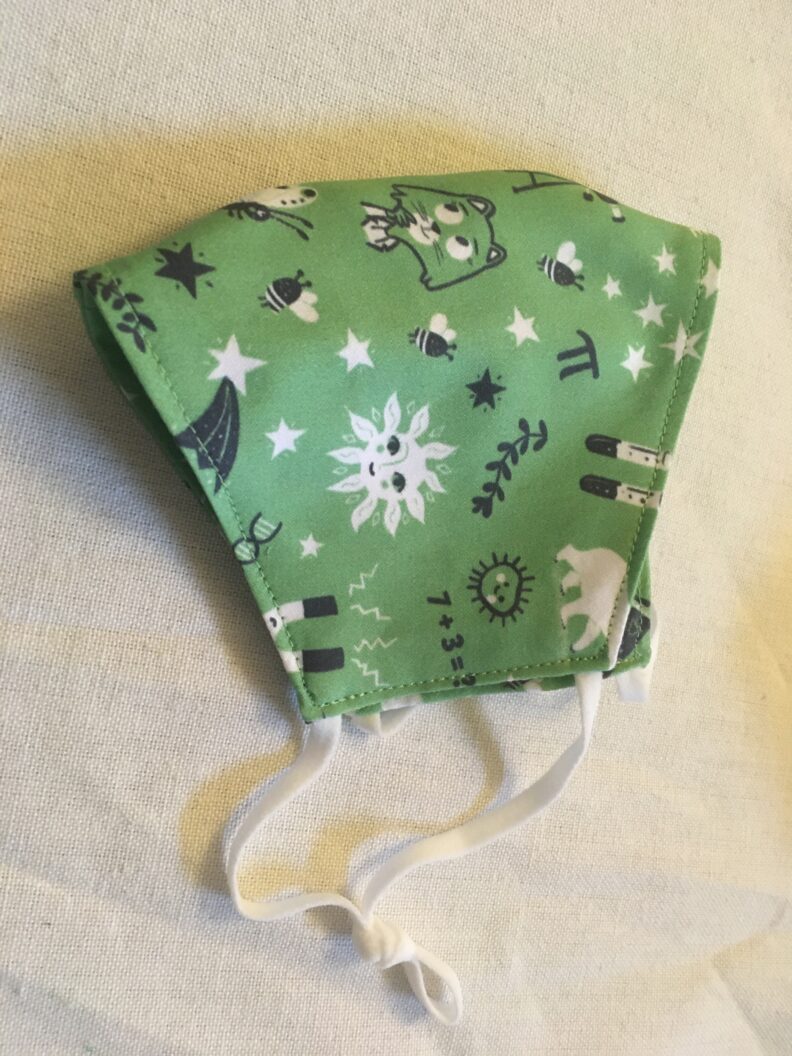Dear Asia,
You may have noticed ice cream and popsicles will melt when they are out of the freezer for too long. To find out exactly why this happens, I headed to the Washington State University Creamery.
My friend John Haugen, the creamery manager, was happy to help with your question. He said a big part of the answer has to do with something called matter. All things in our universe are made up of matter—even ice cream and popsicles.

Matter is made up of tiny particles called atoms. There are also three main states of matter: solids, liquids and gases. Temperature is one thing that has a big effect on a frozen treat’s state of matter.
Haugen reminded me ice cream starts as liquid milk. At the WSU Creamery, the workers add a few different ingredients, including fats and sugars, to the milk. They keep the ice cream mix liquid at exactly 40 degrees Fahrenheit, which is about as cold as the inside of your refrigerator.
At this temperature, all the atoms that make up the liquid mix are able to spread out and move around. They can travel freely in their container. But when the mix goes through a cooling process, things begin to change.
First, the creamery workers put the liquid into a machine with a blade that stirs the ice cream mix to help it freeze into ice cream as it moves through a tube. The ice cream mix comes out a bit like soft-serve. It’s thicker than a liquid, yet not quite a solid.
 Next, that ice cream goes into a -20 degree Fahrenheit freezer. Under these very cold conditions, the atoms slow down a lot. They get into a kind of organized, or orderly pattern, and they don’t move around nearly as much as they do in a liquid state.
Next, that ice cream goes into a -20 degree Fahrenheit freezer. Under these very cold conditions, the atoms slow down a lot. They get into a kind of organized, or orderly pattern, and they don’t move around nearly as much as they do in a liquid state.
The ice cream that’s in the -20 degree Fahrenheit freezer becomes way too solid for anyone to scoop. It has to go into a regular freezer at 0 degrees Fahrenheit for a whole day before it’s ready to serve.
If you eat ice cream on a warm day, the atoms start absorbing some of that heat energy. The energy causes the atoms to start moving quicker again. The solid becomes a liquid—and you might just end up with a melty mess on your hands.
Another part of the reason we keep ice cream and popsicles in the freezer has to do with food safety. If ice cream is out of the freezer for too long, it could invite bacteria to eat it. Those bacteria could potentially make us sick. Keeping foods at just the right temperatures is important for our health.
The next time you go out for an ice cream, or maybe even make some of your own at home, think about all the atoms that make up your frozen treat. Now, that’s some sweet science.
Sincerely,
Dr. Universe

Grown-ups! You can help Ask Dr. Universe change the world, one science question at a time.
Learn about the Dr. Universe Fund at Washington State University and how to get your own STEM-inspired face mask here: askDrUniverse.wsu.edu/masks